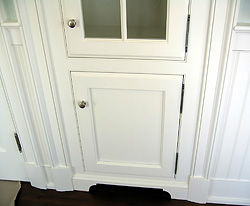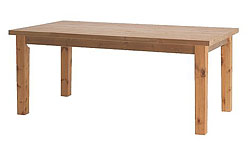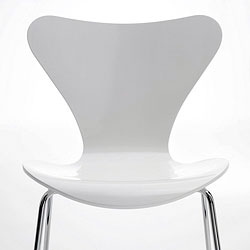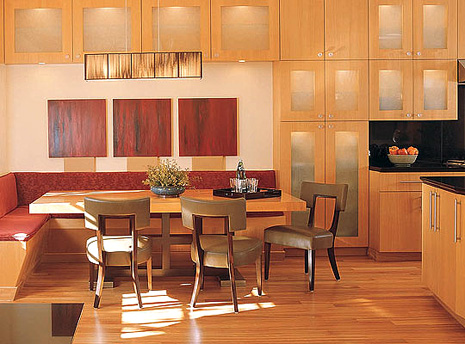Yes, I succumbed, followed the crowd, became an iPhone fangirl, and all the rest, I admit it! But, oh, it's soooooooo sweet! Needing a new phone, I researched for a month before the iPhone's release, hardly even considering the iPhone in the equation, discarding it early on as a contender, as I was focused on Blackberrys, the Nokia N95 (with an incredible camera, but alas had some dealbreakers) and other smart phones. I was democratic in my comparisons. That said, I ultimately decided to purchase the iPhone, and it has already made my life and my work easier, and isn't that the test?
Here's why I bought the iPhone, but please note, in general, how important some of these features can be, whether one is a designer or a client. It's a tool!
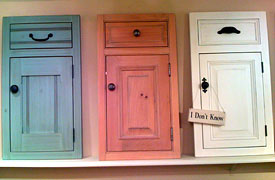 The large screen
The large screen
In the end, this was my number one reason for purchasing the iPhone, end of story. I am so done with small screens! The experience of using a large screen (important when having a smart phone) enhances the usefulness of the device by a huge margin in comparison to other devices. I mean, otherwise, what's the point? I want the biggest screen I can get, and this is it (at least from what I researched).
Images - Great for Designers' & Clients' Purposes
The iPhone is ALL about images. Let me clarify that. Kitchen Design is MUCH about images, therefore, how a device handles images, to me, is huge. The camera is 2 megapixels, better quality than most other camera phones (except the Blackberry Curve, also 2 mp), not as good as the N95, with an astonishing 5 mp camera. But, it's definitely good enough.
It's good enough for clients to take quick shots (again, with a large screen as a handy tool) in a showroom (ask permission first!), at a detail from a friend's house, at the granite yard, to remember whatever details you want to remember on the spot. And, the image can be quickly and easily emailed to anyone, meaning your designer! I don't know how I lived without a camera in my previous smart phones before! A tip when using the camera: hold very still and make sure you have enough light. That's really all you need to know.
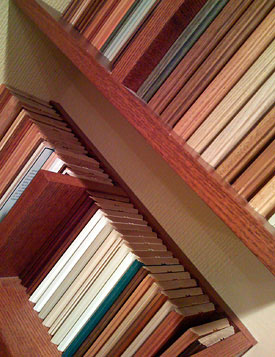 Besides the camera capabilities, I quickly loaded nearly 200 images into the iPhone from my computer, of kitchens, built ins, and custom furniture pieces, and it took up a negligible amount of space in the phone's storage capacity. I'll add many more. I've already shown details, and whole kitchens, easily seen on the large screen, to clients at meetings in their home. The iPhone turned sideways, makes the images even larger, if they are horizontal images. AND, to make it even more crazy, the images are organized into albums that I can quickly and eaisly select! The images are viewable in a meaningful way. It doesn't get much better than that.
Besides the camera capabilities, I quickly loaded nearly 200 images into the iPhone from my computer, of kitchens, built ins, and custom furniture pieces, and it took up a negligible amount of space in the phone's storage capacity. I'll add many more. I've already shown details, and whole kitchens, easily seen on the large screen, to clients at meetings in their home. The iPhone turned sideways, makes the images even larger, if they are horizontal images. AND, to make it even more crazy, the images are organized into albums that I can quickly and eaisly select! The images are viewable in a meaningful way. It doesn't get much better than that.
Taking additional images at a client's home that I may have missed with my camera the first time around, taking pictures of images from a book or magazine that they are showing me, of an architect's floorplan before I get my copy of it, is invaluable. For so many purposes, a quick snapshot tells a story far better than words can.
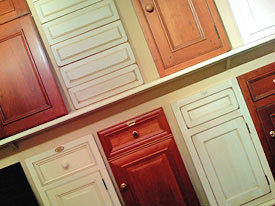 Appointments
Appointments
This really makes me happy. There are TWO alerts you can set. I set one alert the day before, the second alert two hours before the appointment. I'm covered!
Internet
While not super fast, to be able to enlarge text and images, and situate a page sideways, is far more valuable than any other device out there for that reason alone.
Google Maps
If you don't have gps in your car and you need to get to my design studio, again, you're covered. Google maps has already saved me from being late to an appointment after a detour in the road changed my route.
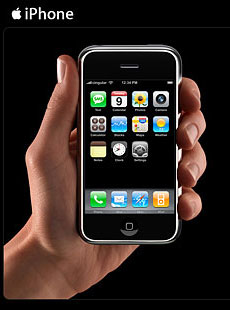 Email
Email
I have 4 email accounts loaded, and the large text and fast scrolling is delightful to use, mostly, due to the large screen. A vast improvement over my previous pda.
Conclusion
These are just a few of the features that I'm enjoying using. Sure, it's not perfect. There is not one phone that is, that I've found. But, for my profession, where images are so important, it's so much and more! It's an elegant device, and it definitely exceeded my expectations. The images shown are from my design studio and have been (very) quickly enhanced to show the possibilities, as I never NOT tweak an image straight from the camera. All right, they're just ok, but it gets the job (an important job) done.
Oh, please take a look at this absolutely over the top, hysterical video on the iPhone from the New York Times technology critic, the adorable David Pogue.


